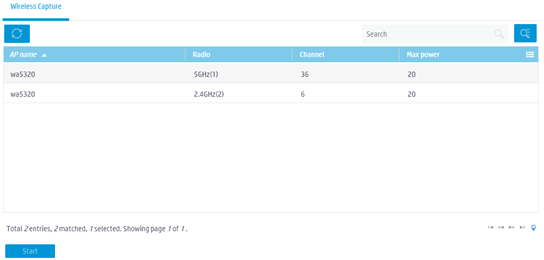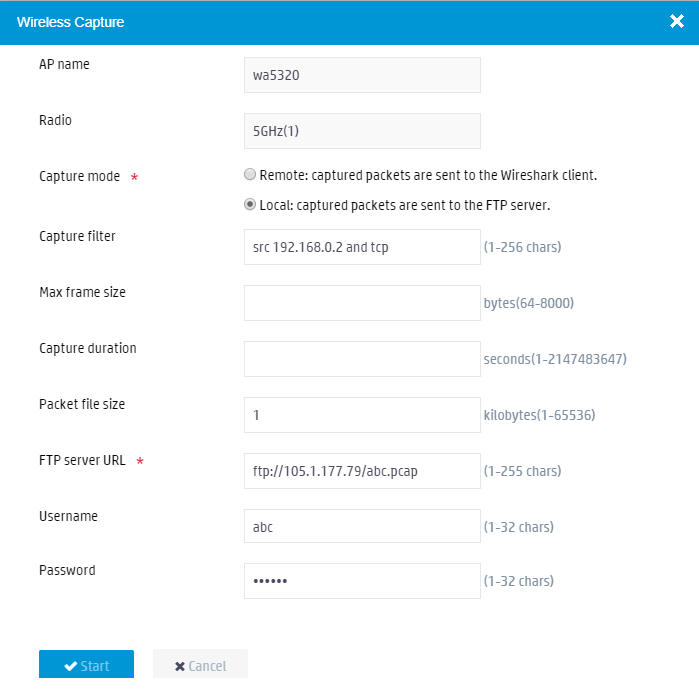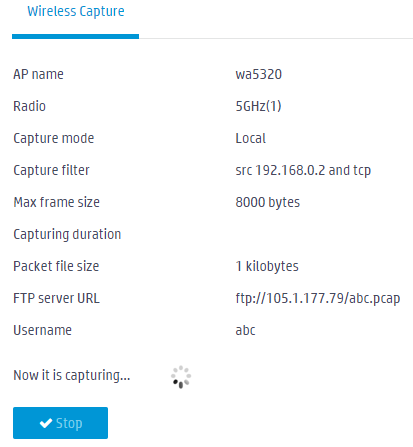- Table of Contents
-
- 07-Comware 7 Web-based configuration examples (AC+fit AP deployment)
- 01-Telnet Access Control Configuration Example
- 02-IPv6 Telnet Access Control Configuration Example
- 03-Web Access Control Configuration Example
- 04-User Role Assignment for Local Web Authentication Users Configuration Example
- 05-SSH Local Authentication Configuration Example
- 06-SSH User Remote Password Authentication Configuration Example
- 07-IPv6 SSH User Remote Password Authentication Configuration Example
- 08-Password Control Configuration Example
- 09-Licensing Configuration Example
- 10-Automatic License Installation Configuration Example
- 11-Layer 2 Static Link Aggregation Configuration Example
- 12-Layer 2 Dynamic Link Aggregation Configuration Example
- 13-PPPoE Client Configuration Example
- 14-Static IPv6 Address Configuration Example
- 15-IPv6 Static Routing Configuration Example
- 16-Static IPv4 DNS Configuration Example
- 17-Static IPv6 DNS Configuration Example
- 18-IGMP Snooping Configuration Example
- 19-MLD Snooping Configuration Example
- 20-IPv4 DNS Proxy Configuration Example
- 21-IPv6 DNS Proxy Configuration Example
- 22-Static NAT Configuration Example
- 23-Dynamic NAT Configuration Example
- 24-IPv4 ACL-Based Packet Filter Configuration Example
- 25-IPv6 ACL-Based Packet Filter Configuration Example
- 26-ARP Attack Protection Configuration Example
- 27-ARP Proxy Configuration Example
- 28-Dynamic IPv4 DNS Configuration Example
- 29-Dynamic IPv6 DNS Configuration Example
- 30-WLAN Access Configuration Example
- 31-Different Wireless Services on Different Radios Configuration Example
- 32-CAPWAP Tunnel Establishment Through DHCP Configuration Example
- 33-CAPWAP Tunnel Establishment Through DHCPv6 Configuration Example
- 34-CAPWAP Tunnel Establishment Through DNS Configuration Example
- 35-CAPWAP Tunnel Establishment Through DNSv6 Configuration Example
- 36-Auto AP Configuration Example
- 37-AP Group Configuration Example
- 38-Radio Management Configuration Example
- 39-Load Balancing Group-Based Session-Mode Load Balancing Configuration Example
- 40-Radio-Based Session-Mode Load Balancing Configuration Example
- 41-A-MPDU and A-MSDU Configuration Example
- 42-Device Classification and Countermeasure Configuration Example
- 43-Malformed Packet Detection and Flood Attack Detection Configuration Example
- 44-Signature-Based Attack Detection Configuration Example
- 45-802.1X RADIUS-Based AAA Configuration Example
- 46-VLAN Interface-Based Direct Portal Authentication Configuration Example
- 47-Service Template-Based Direct Portal Authentication Configuration Example
- 48-Wireless Spectrum Analysis Configuration Example
- 49-Auto DFS Configuration Examples
- 50-Auto TPC Configuration Examples
- 51-Whitelist-Based Client Access Control Configuration Example
- 52-Blacklist-Based Client Access Control Configuration Example
- 53-CAC Configuration Example
- 54-WLAN Probe Configuration Example
- 55-Intra-AC Roaming Configuration Example
- 56-Bonjour Gateway Configuration Example
- 57-IPv4 Multicast Optimization Configuration Examples
- 58-IPv6 Multicast Optimization Configuration Examples
- 59-Ping Configuration Example
- 60-Local Packet Capture Configuration Example
- 61-Remote Packet Capture Configuration Example
| Title | Size | Download |
|---|---|---|
| 60-Local Packet Capture Configuration Example | 169.50 KB |
|
|
|
H3C Access Controllers |
|
Comware 7 Local Packet Capture |
|
Configuration Example |
Copyright © 2023 New H3C Technologies Co., Ltd. All rights reserved.
No part of this manual may be reproduced or transmitted in any form or by any means without prior written consent of New H3C Technologies Co., Ltd.
Except for the trademarks of New H3C Technologies Co., Ltd., any trademarks that may be mentioned in this document are the property of their respective owners.
The information in this document is subject to change without notice.
Overview
The following information provides an example for configuring local packet capture and analyzing the captured packets.
Prerequisites
The following information applies to Comware 7-based access controllers. Procedures and information in the examples might be slightly different depending on the software or hardware version of the H3C access controllers.
The configuration examples were created and verified in a lab environment, and all the devices were started with the factory default configuration. When you are working on a live network, make sure you understand the potential impact of every command on your network.
The following information is provided based on the assumption that you have basic knowledge of local packet capture.
Example: Configuring local packet capture
Network configuration
As shown in Figure 1, configure local packet capture on Radio 1 of the AP to capture 1 KB from each TCP packet sourced from 192.168.0.2. Send the captured packets to the FTP server on the PC. Start Wireshark on the PC to analyze the packets.
Prerequisites
· Make sure the AP can access the AC.
· Install Wireshark V2.6.4 on the PC and make sure the PC and the AP can communicate with each other.
· Install FTP server software on the PC and configure the FTP server. Configure an account that uses username abc and password 123456, and assign the account the write privilege.
Configuring the AC
1. Click the Network View tab at the bottom of the page.
2. From the navigation pane, select Tools > Wireless Capture.
3. Select the wa5320 AP entry with radio 5GHz(1) and click Start.
Figure 2 Selecting an AP

4. Configure the following packet capture parameters:
¡ Select the local capture mode.
¡ Enter src 192.168.0.2 and tcp as the capture filter expression.
¡ Set the packet file size to 1 KB.
¡ Enter ftp://105.1.177.79/abc.pcap as the FTP server URL.
¡ Enter abc as the username for accessing the FTP server.
¡ Enter 123456 as the password for accessing the FTP server.
Figure 3 Configuring local packet capture parameters
5. Click Start.
Figure 4 Starting local packet capture
Verifying the configuration
1. Display files on the FTP server. File abc.pcap is displayed. (Details not shown.)
2. Drag the file to Wireshark to analyze the packet. (Details not shown.)
Related documentation
H3C Access Controllers Web-Based Configuration Guide




